APTE 5201: Fiberglass Composite Materials in Aviation Analysis
VerifiedAdded on 2022/11/29
|14
|927
|189
Report
AI Summary
This report provides a comprehensive analysis of fiberglass composite materials within the aviation industry. It begins by introducing fiberglass, highlighting its advantages such as weight reduction, strength, and corrosion resistance, which are crucial for aircraft design. The report delves into the composition of fiberglass, explaining how it is made from glass fibers and other materials like silica sand, limestone, and soda ash. It then details the manufacturing processes involved, including batching, melting, fiber formation, coating, and packaging. The report also discusses the applications of fiberglass in various aircraft components, from the aircraft body to interior elements like chairs and overhead bins. Furthermore, it compares fiberglass with alternative materials like aluminum, considering factors such as cost, maintenance, and impact resistance, and it concludes by referencing the materials used and their sources.
1 out of 14
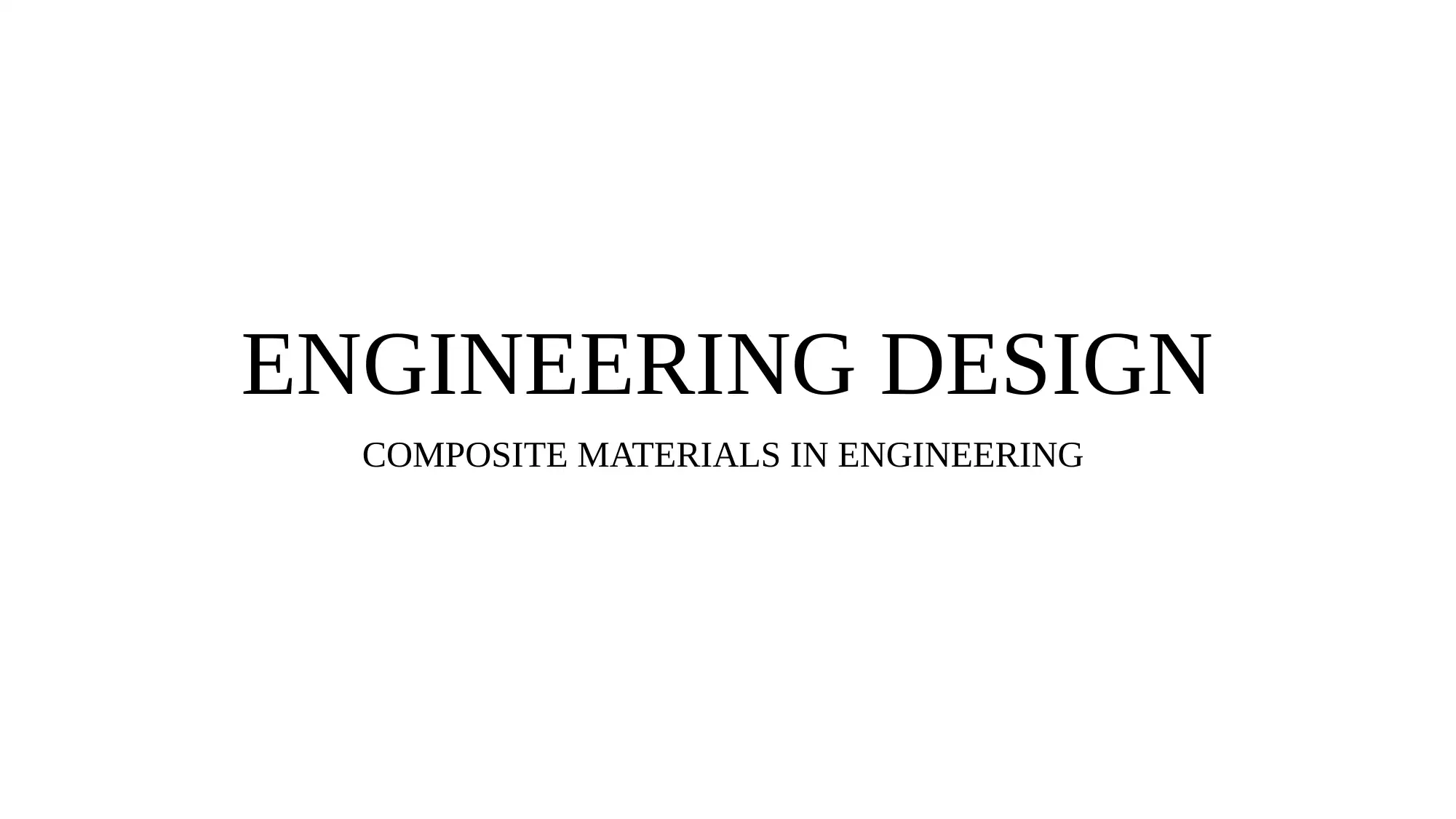
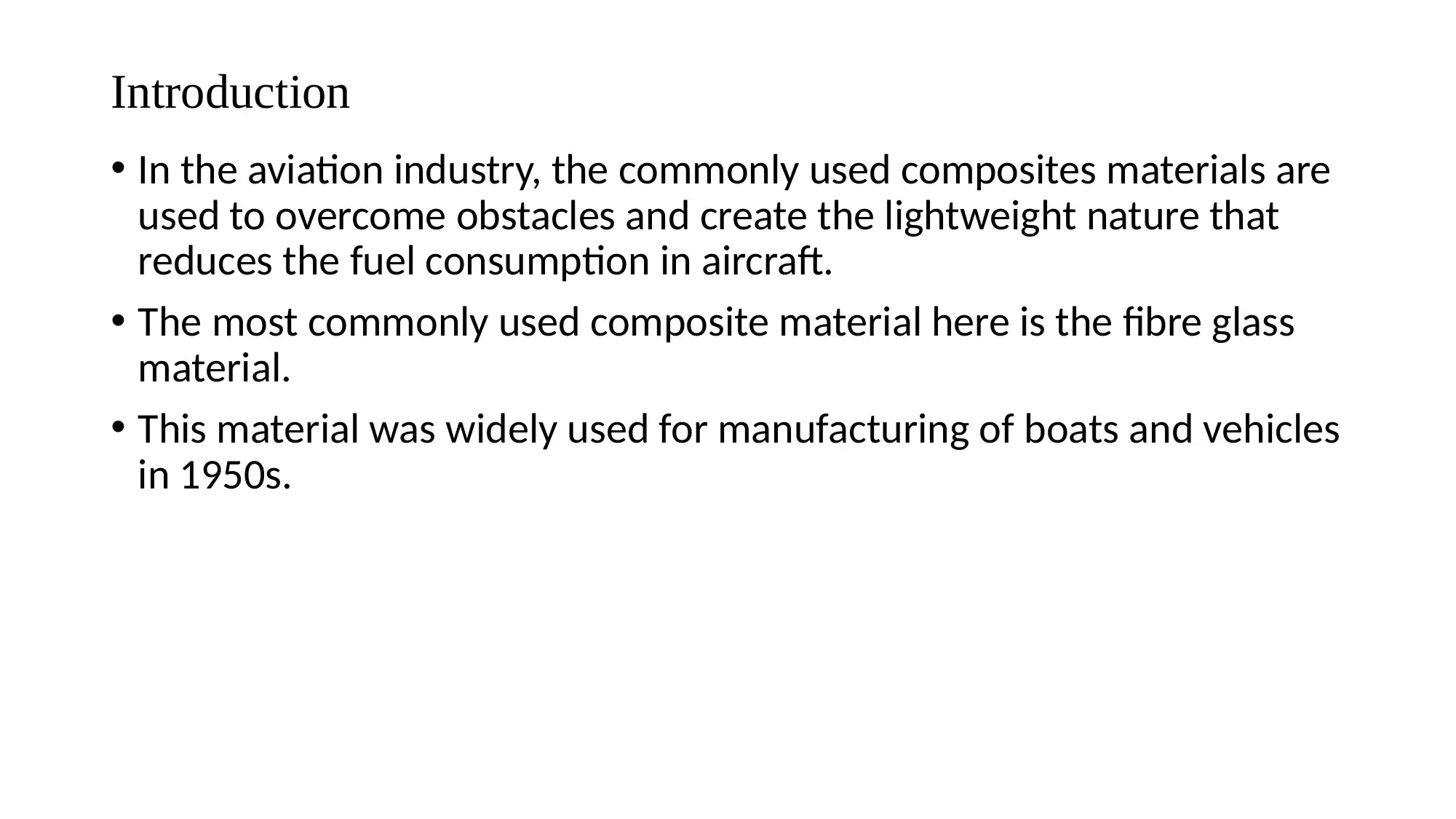
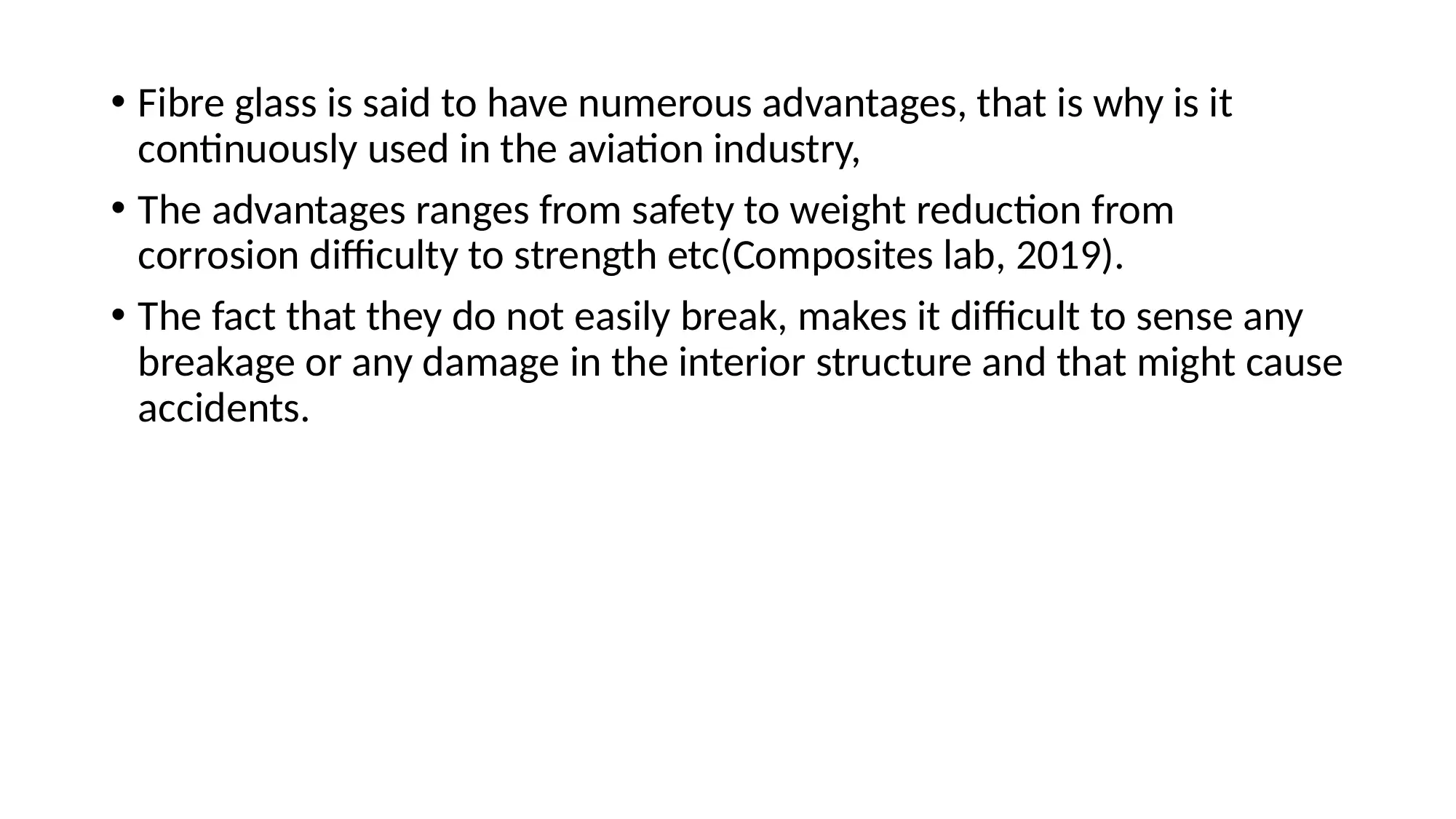

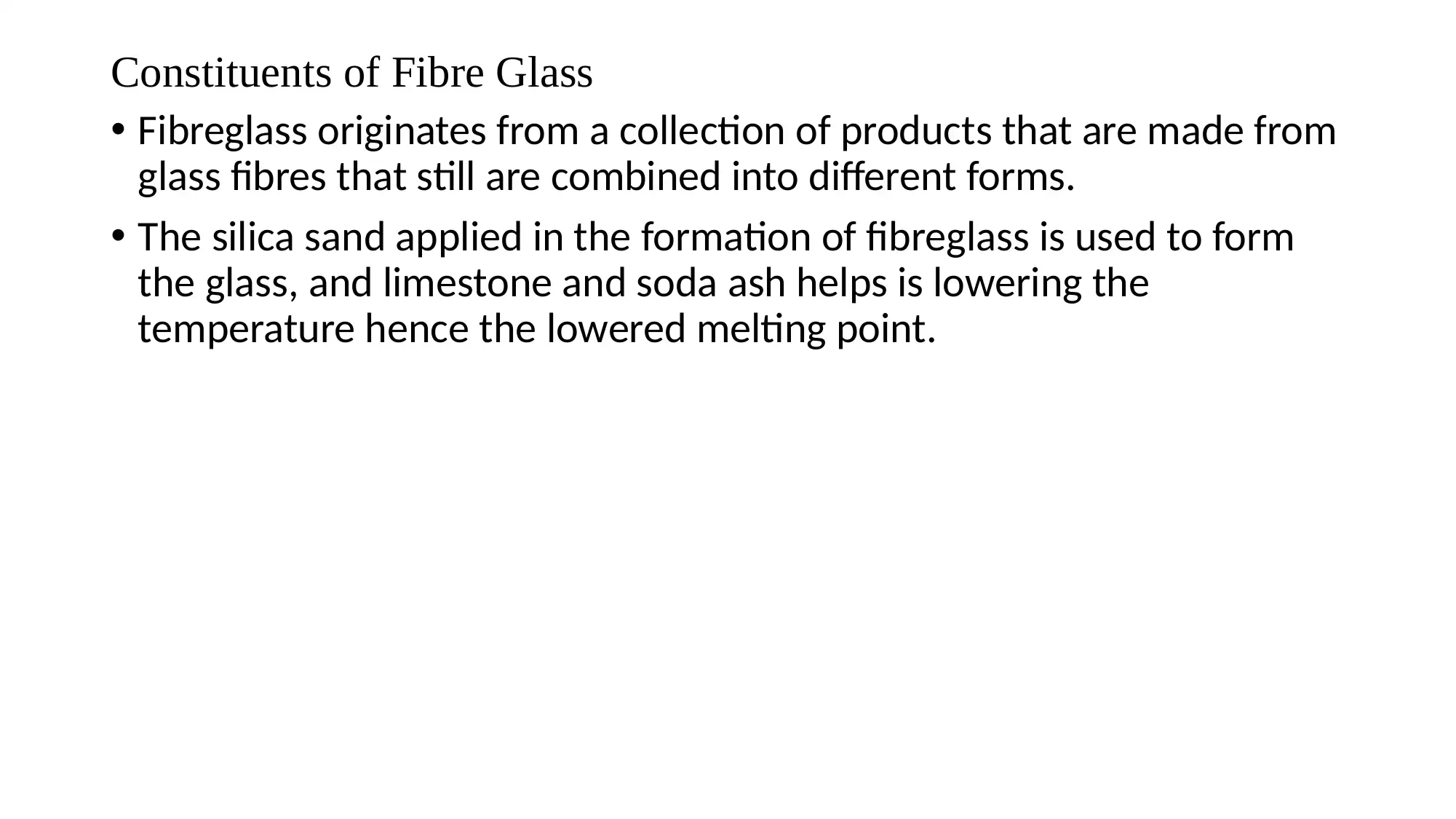
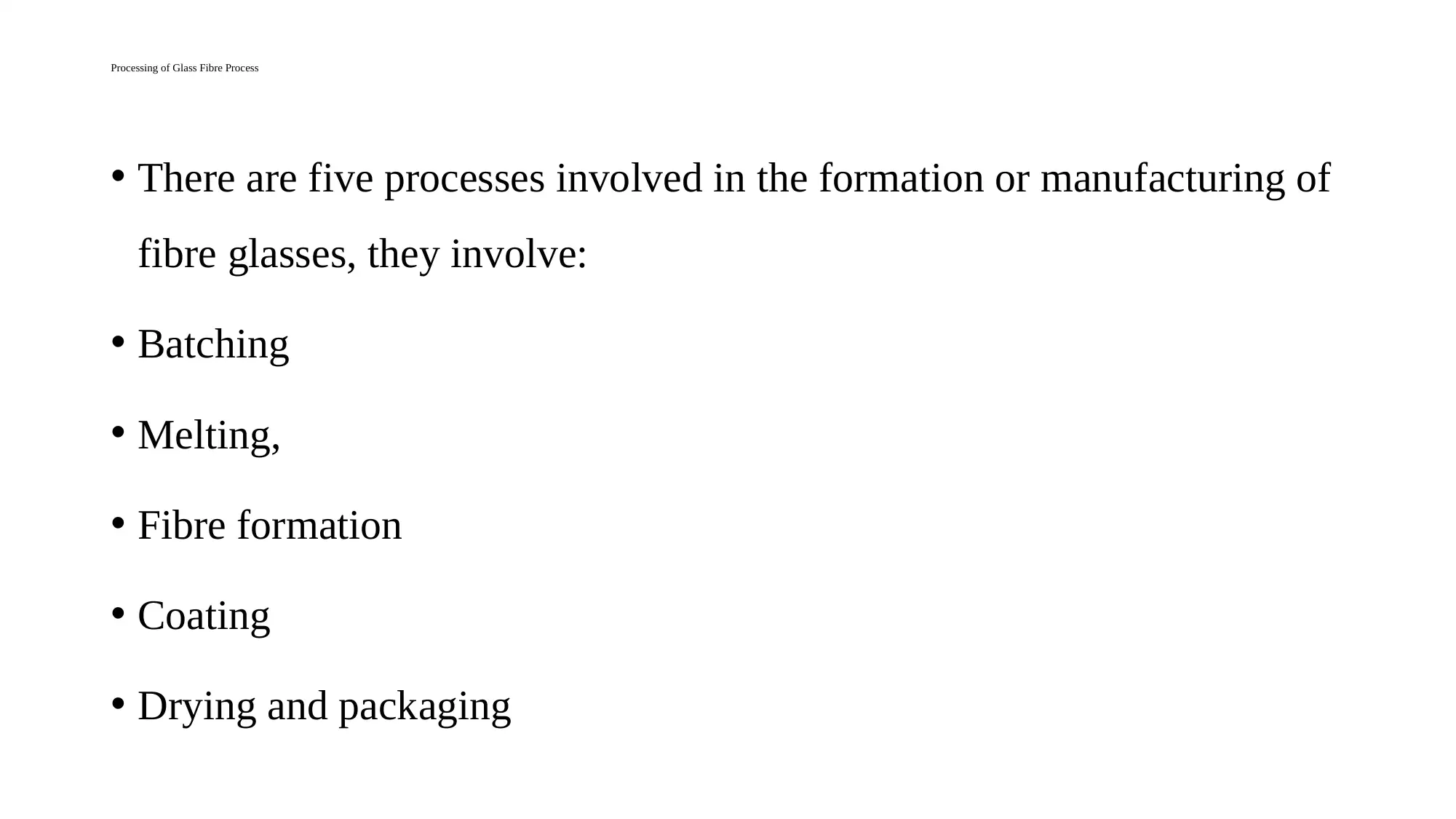
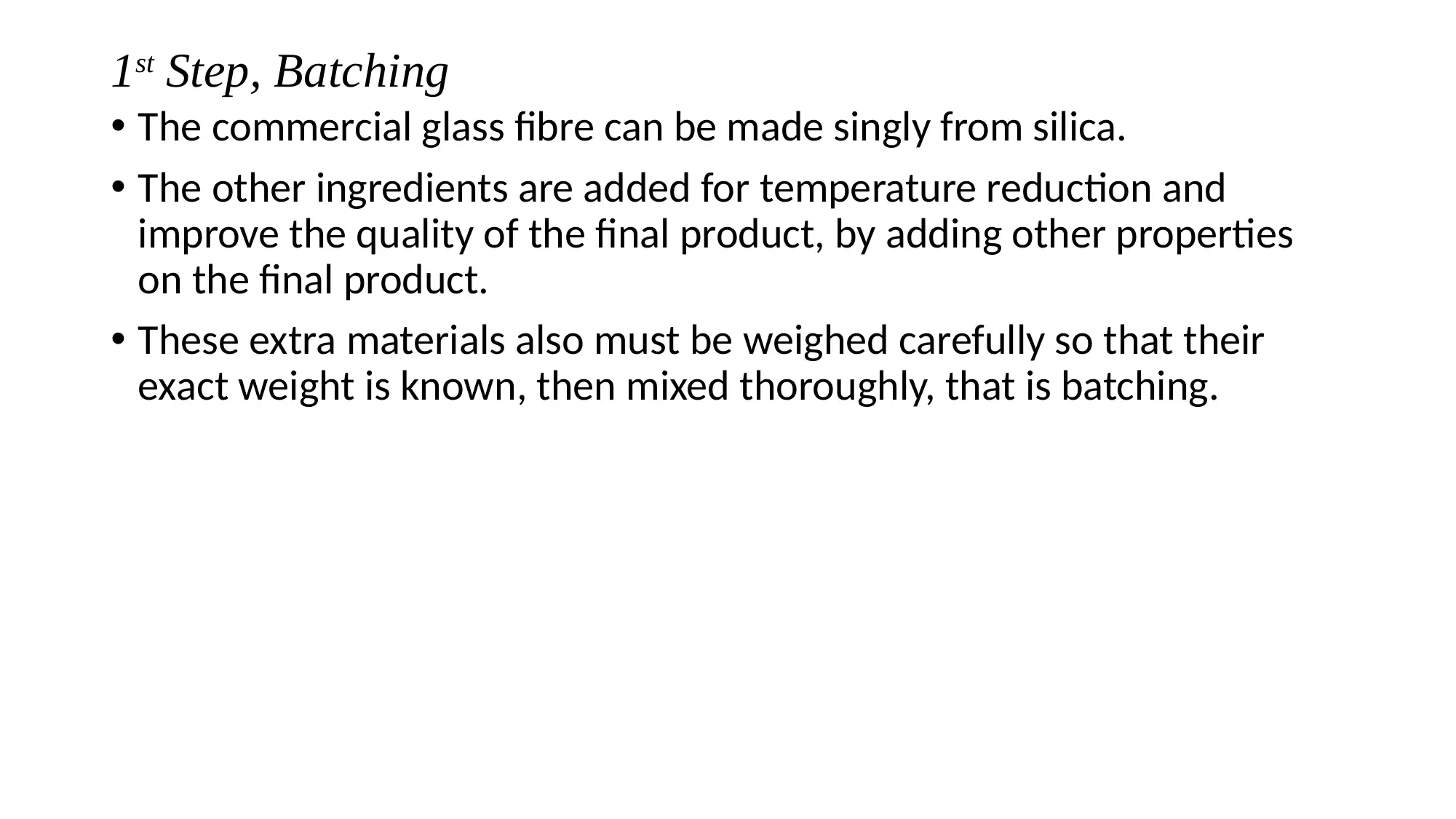
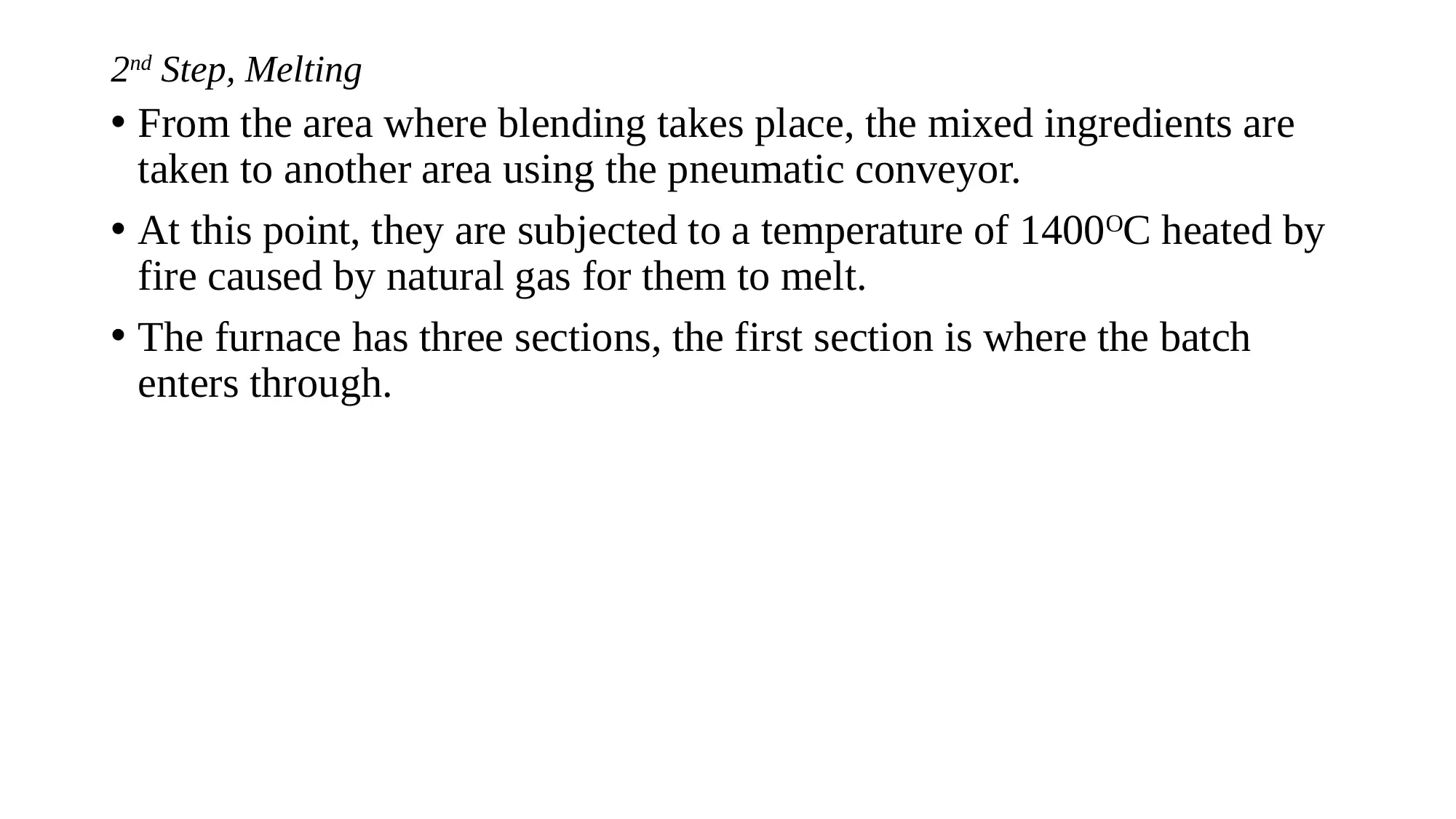
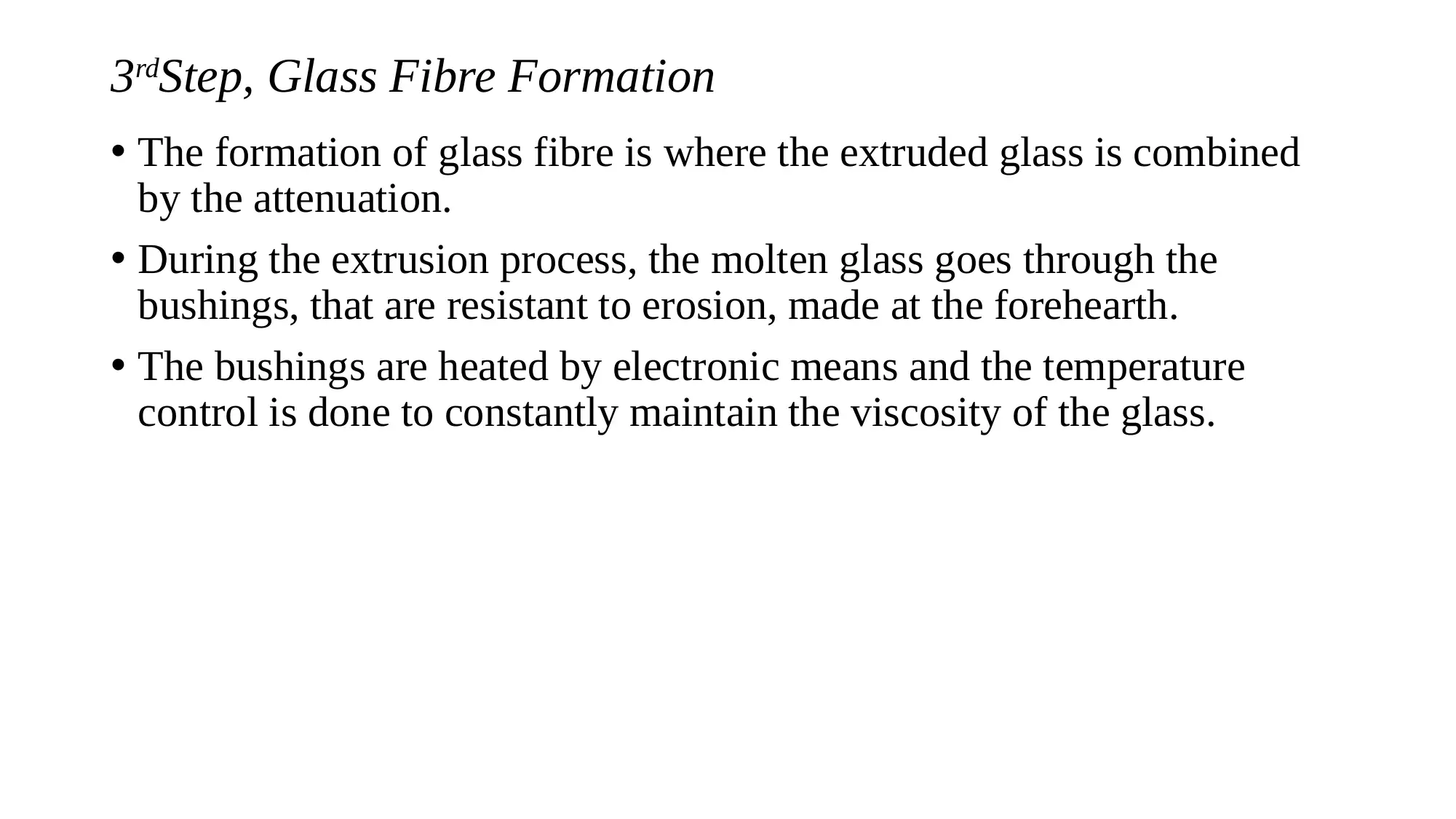
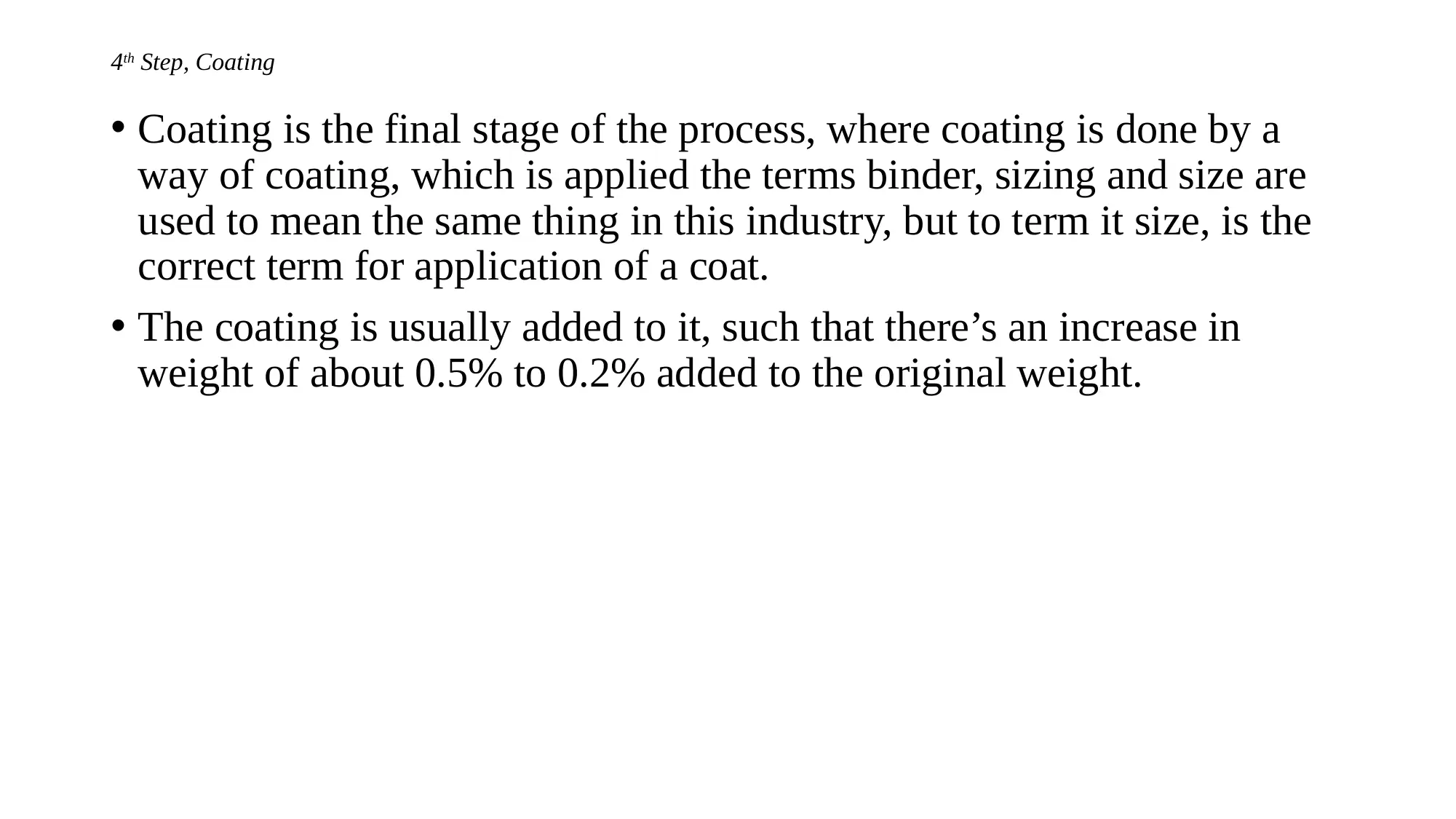
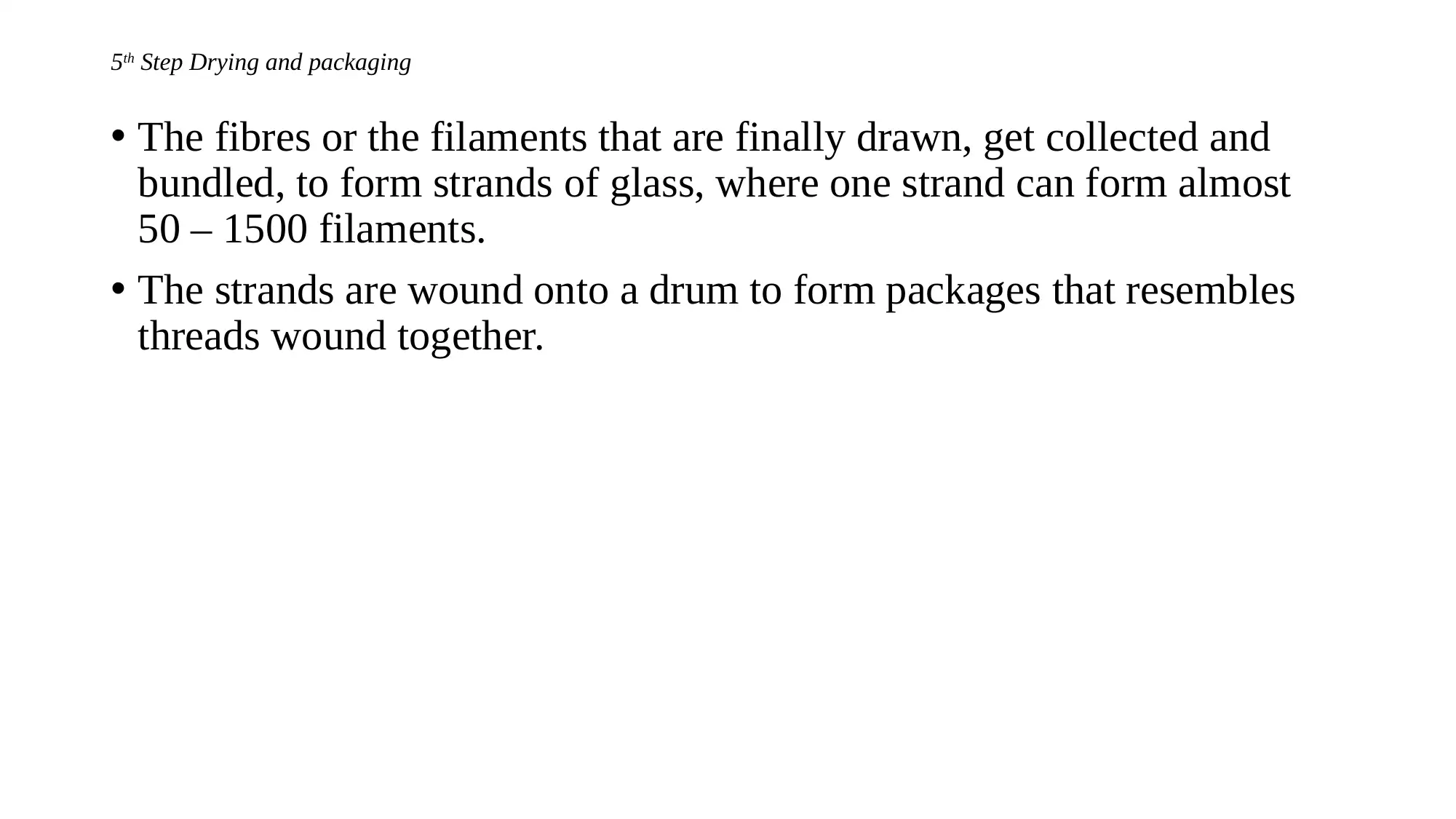
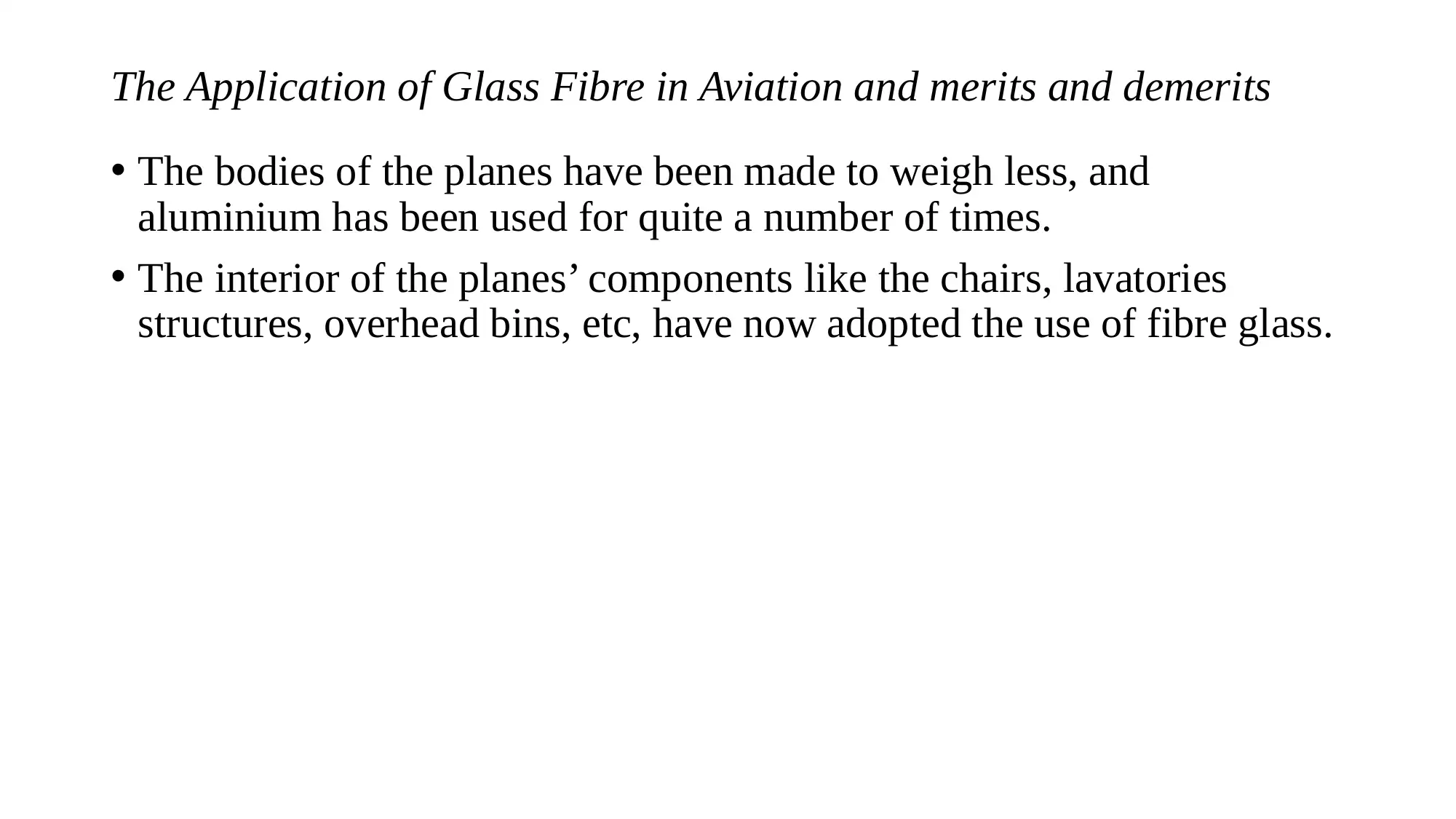
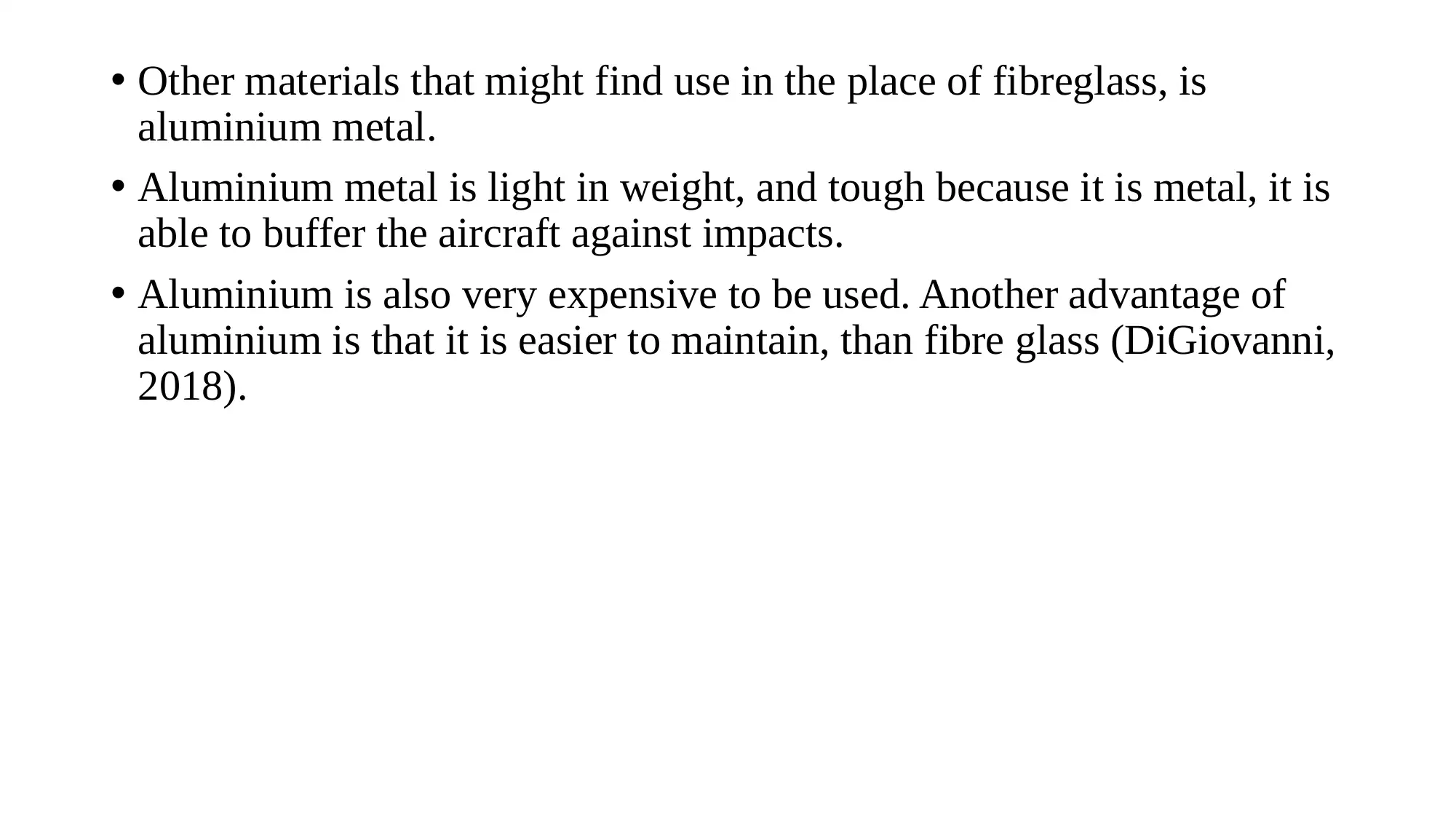


![[object Object]](/_next/static/media/star-bottom.7253800d.svg)